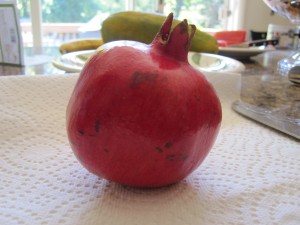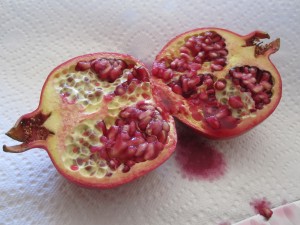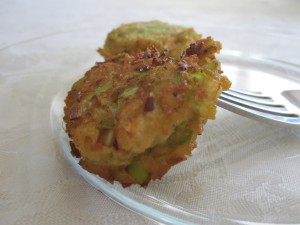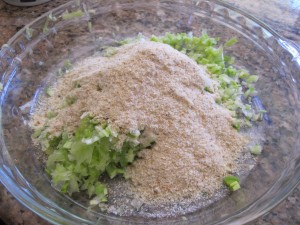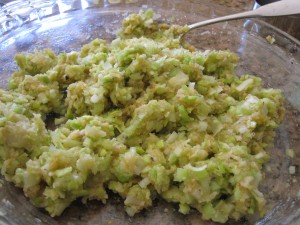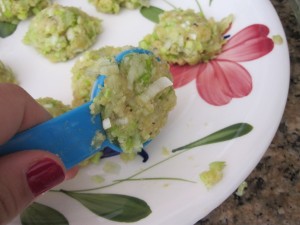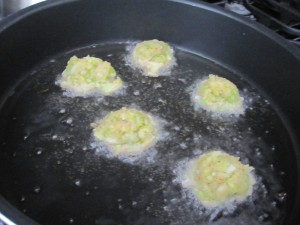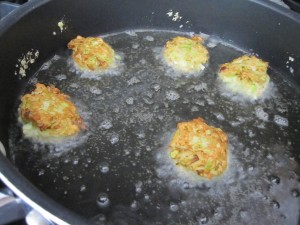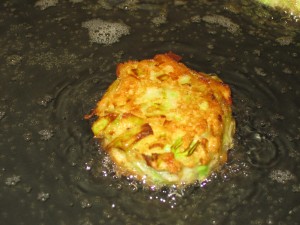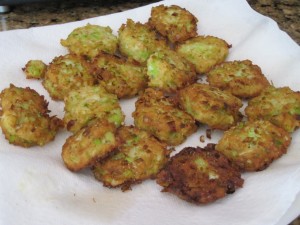Hello, old friends! We’ve been busy with families, moving, working, etc., and clearly not with blogging, but our Jewish New Year’s resolution is to blog more, so when the opportunity came up to test out new recipes with wine pairings, we were all for it!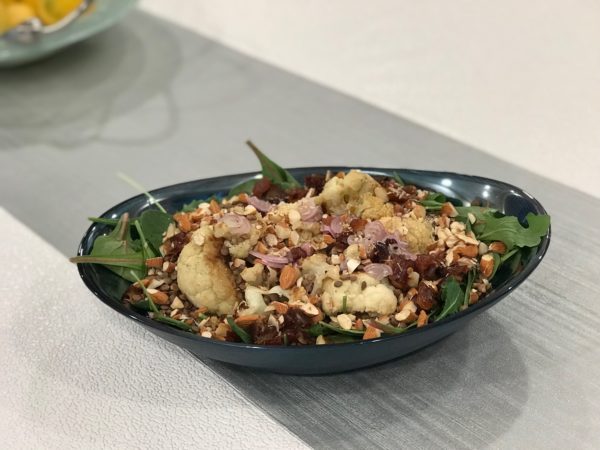 Continue reading
Continue reading
Tag Archives: new year
Leek Ejjeh + Happy New Year
Chag Sameach everyone! We hope everyone has a sweet and healthy new year.
Everyone knows the custom of dipping apples in honey for Rosh HaShanah…actually, our family has different customs (and we don’t even have honey at the table, we use sugar instead). The Sephardic custom is to make many brachot on simanim, the symbolic foods we eat during the seder, before the meal. Before sharing the Leek Ejjeh recipe with you, I thought I might explain what our holiday meal with consist of tonight, and share the simanim that we will eat in order to celebrate the new year. Some more information on a (somewhat different) Rosh HaShanah seder can be found here.
The first siman is apples dipped in sugar (or honey). We eat this so that we will have a good and sweet new year. Cut the apples and serve with a bowl of sugar. Done.
The mext is tamarim, or dates. We eat this so that our enemies may be destroyed. No need to prepare these, we just buy dried dates – medjool dates are quite tasty on their own.
The third siman is leeks. We eat these so that our enemies will be destroyed (again). The recipe for leeks is at the bottom of this post – thanks for your patience!
The fourth siman, swiss chard, is eaten in hopes of removing our enemies (yet again).
The fifth siman is gourd. We make a bracha asking God to tear up any oppressive decrees in areas where Jews live and to proclaim our merits before Him.
The next siman is black eyed peas, or Lubiyeh. We eat this in order to increase our merits. These small beans are eaten stewed with meat – our family uses kibbe (the same little meatballs I made with mushrooms the other day) – and served as part of the regular meal and the seder during the holiday meal.
We eat the next siman, pomegranates (or rimon), asking God to grant us bountiful merits and goodwill, as many as the fruit’s seeds. Cut the fruit in half and immerse in a bowl of water while scraping the seeds away from the flesh with your fingers. The white flesh will float to the top, and the seeds will sink to the bottom. Scrape the flesh from top of the bowl and drain the seeds, it’s as easy as that. This method also stops your kitchen and clothing from getting all red.
Lastly, we eat tongue as the next siman. Tongue is eaten to symbolize a lamb’s head (I think some families eat fish, as well). This is to symbolize that we will be leaders (at the head) rather than followers at the trail. The meat is also a reminder of the ram that Avraham sacrificed instead of his son, Yitzchak. We buy tongue from the deli. Most people at the table don’t want to eat it.
The last thing we eat, after the simanim, is a new fruit. This should be a fruit that has just come into season, and therefore we were unable to eat for an entire year. We say Shehechianu on this fruit and thank God for keeping us alive and bringing us to this season. Our family usually eats starfruit or dragon fruit.
And without further ado, the leek ejjeh we will be enjoying for the next two nights:
We actually make our leeks into small latkes, quite similar to the tasty Chanukah treat. They’re delicious this way – crispy, tasty, and small. Not breaded like onion rings, but with the same flavor. They taste somewhat similar, actually.
Ingredients:
- 2-3 large leeks, or 4-5 small leeks, washed well and chopped (don’t try to grate them on a box grater. They will get stringy)
- 1/2 cup breadcrumbs or matzah meal
- 2 eggs
- Egg white from one egg
- Salt and pepper
- Vegetable oil, for frying
Directions:
1. Prepare oil for frying: pour about 1/2 inch of oil into a high-walled pan. Place on burner over medium heat.
2. Combine leeks, eggs, and breadcrumbs. Mix to combine. Check consistency. If it’s too dry, add the egg white. If too wet, add more bread crumbs. The batter should be loose but be able to come together into a ball if squeezed. Add salt and pepper.
3. Using a tablespoon measure, scoop out batter into balls.
4. Test the frying oil with a tiny amount of batter. Make sure it sizzles but doesn’t burn. Prepare a plate or tray to drain the patties after frying. I used a paper towel-lined plate. My grandmother used to use brown paper bags (yes, the ones from the grocery store). Alton brown uses a cooling rack on top of a towel-lined cookie sheet. That’s probably the best idea if you can do it.
5. Using a slotted spoon, drop the batter, one at a time, into the oil, flattening into patties as you drop them. Only put 5-4 in the oil at a time, because you don’t want the temperature to drop too much and the patties to get soggy.
6. After one minute, they should be brown. Flip the patties. Fry on the other side for a minute. Remove from oil with slotted spoon and place on draining plate. Repeat until all are fried.
7. Sprinkle with salt when still warm.
8. Serve along with the bracha: “that those who hate us be cut away”
Shana tova!

